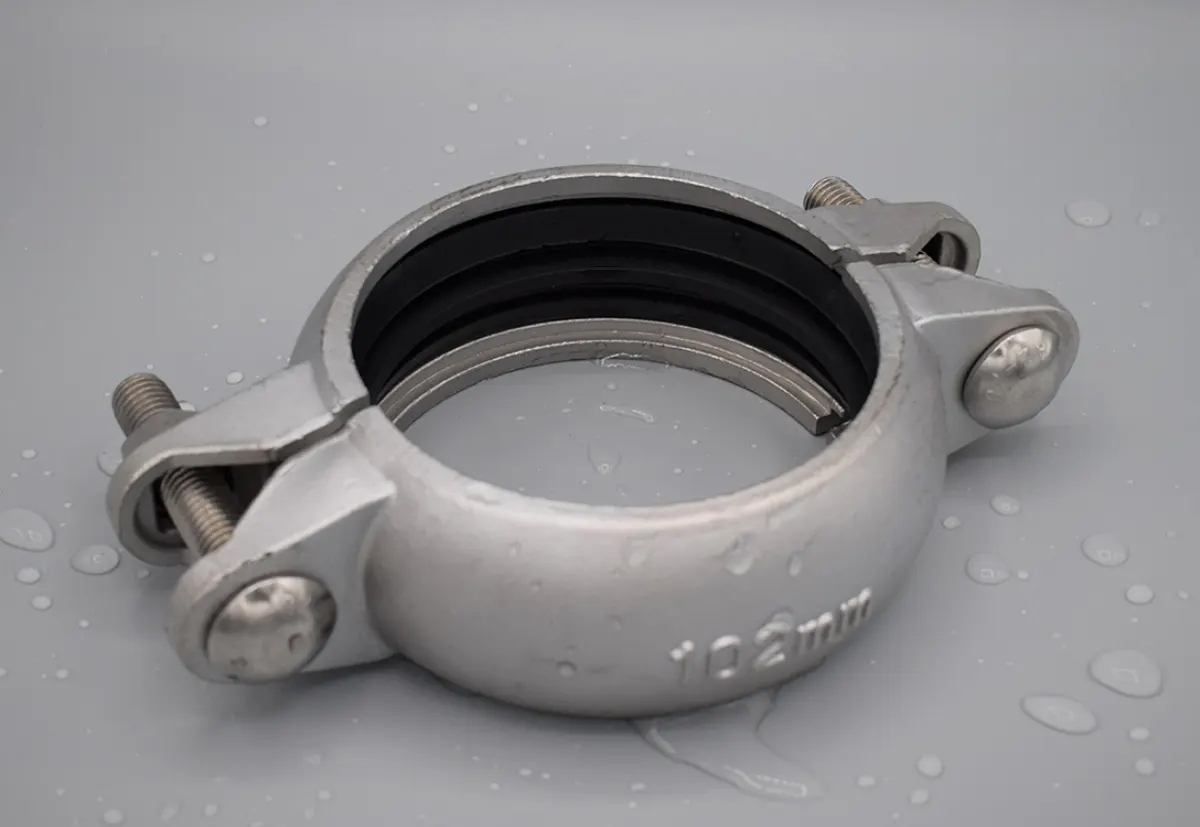Chloride Attack is a significant threat to the integrity of stainless steel products.This aggressive form of corrosion primarily affects the passive couche protectrice of the metal.Understanding this mechanism is vital for any system relying on tuyaux en acier inoxydable ou raccords de tuyauterie en acier inoxydable.This type of corrosion is particularly challenging because it is often localized and hidden.
What is Chloride Attack
The Chemistry of Chloride Attack
The protective passivation layer is primarily composed of Cr2O3.Chloride ions are extremely small and highly mobile;they accumulate on the stainless steel surface,particularly in stagnant areas.
- Permeation:Chloride ions chemically react to destroy the Cr2O3 layer,forming soluble metal chloride compounds.
- Active Sites:Once the passivation layer is compromised,“active” corrosion sites emerge.Iron begins to dissolve rapidly within these microscopic regions.
- Acidification:The corrosion process within pits releases hydrogen ions (H+),causing a sharp drop in pH. This acidic environment accelerates localized corrosion.
A simplified chemical reaction for the breakdown of the passive film might look like this:
Cr2O3 + 6Cl– + 6H+ –> 2CrCl3 + 3H2O
Forms of Chloride Attack on Stainless Steel
Corrosion par piqûres is the most common form of chloride attack.Tiny,deep holes form on the stainless steel surface.These pits are often covered by a cap-like formation created by corrosion products,making them difficult to detect with the naked eye.
Corrosion des crevasses occurs in narrow gaps or shielded areas.Examples include spaces under gaskets or tight bolt heads.The stagnant environment allows chlorides to concentrate.This intensifies the localized corrosion rate.
Fissuration par corrosion sous contrainte is a catastrophic failure mode.Its occurrence requires three conditions:high tensile stress,a specific temperature range,and the presence of chlorides.Stress corrosion cracking leads to rapid crack propagation.
Impact on Stainless Steel Pipe and Fittings
- Pipe Failure:Pitting corrosion in stainless steel pipes may lead to perforation,causing pipeline leaks.Leaks of corrosive or flammable fluids pose significant safety risks.
- Fitting Degradation:Stainless steel pipe fittings often exhibit crevices,with coudes et tees being particularly susceptible to crevice corrosion.Such failures can cause joint rupture under pressure.
- Loss of Structural Integrity:Localized corrosion leads to wall thinning,rendering components unable to withstand rated pressure.This ultimately results in premature system shutdowns and replacements.
- Contamination Risk:Corrosion byproducts may contaminate conveyed fluids,which is unacceptable in industries such as pharmaceuticals or food processing.
Chloride Resistance Comparison
| Grade | Molybdène (%) | PREN Value | Resistance Level |
|---|---|---|---|
| 304 | 0 | ≈ 18 | Pauvre |
| 316 | 2.0 – 3.0 | ≈ 25 | Bon |
| Duplex 2205 | 2.5 – 3.5 | ≈ 35 | Very Good |
| Super Duplex 2507 | 3.0 – 5.0 | ≈ 40 | Excellent |
Preventive Measures
This table outlines key strategies for mitigating chloride attack.Prevention is always better than cure.
| Stratégie | Action | Bénéfice |
|---|---|---|
| Choix du grade | Use high PREN alloy | Best defense |
| Finition de la surface | Polish surfaces | Removes trap sites |
| Temperature Control | Keep temperature low | Slows reaction rate |
| Weld Treatment | Passivate welds | Restores oxide layer |
Selecting stainless steel grades with high PREN values is the optimal defense against chloride attack.Stainless steel pipes used in marine or industrial chillers must be 316 or higher grades.
Additionally,design specifications should eliminate crevices where water may accumulate.Proper traitement post-soudure must be performed to restore corrosion resistance degraded by welding heat.
Nous contacter
- RM901 No.22 Tangjiaqiao Road Wenzhou Chine
- +86 577 8551 1171
- [email protected]
- https://www.kaysuns.com/



